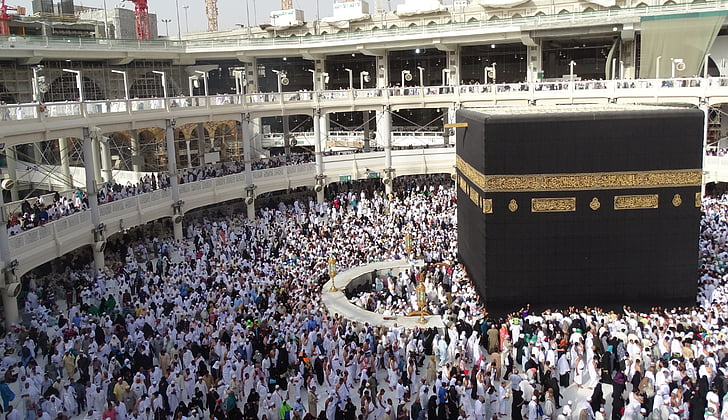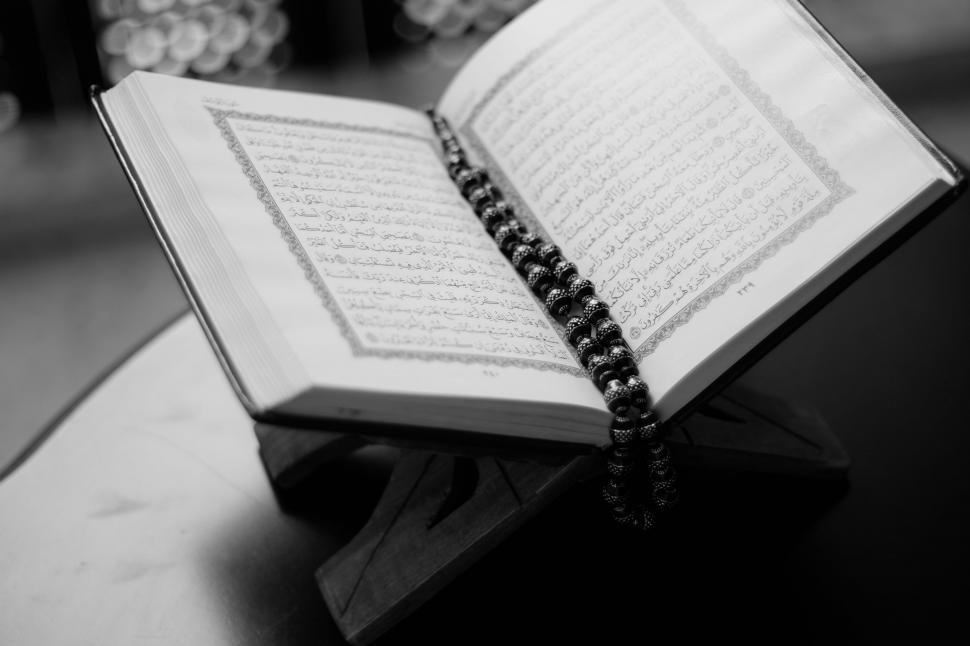
What is Hajj?
Hajj is the sacred pilgrimage undertaken by Muslims at the Masjid al-Haram in Makkah, Saudi Arabia. As one of the five pillars of Islam, it is obligatory for every Muslim to perform Hajj at least once in their lifetime, provided they have the means to do so. Hajj occurs annually during the month of Dhul Hijjah, the twelfth month of the Islamic calendar, specifically from the 8th to the 13th of Dhul Hijjah.
The Islamic calendar follows a lunar cycle, causing the dates of Ramadan and Hajj to shift approximately 11-12 days earlier each year.
For Muslims, undertaking Hajj is a significant spiritual duty, undertaken only if one is financially, physically, and emotionally capable.
“You will enter the Sacred Masjid, God willing, perfectly secure…”
—Qur’an | 48:27
While Hajj is mandatory only once, many choose to perform it multiple times.
How Long Does Hajj Last?
The pilgrimage lasts five to six days, from the 8th to the 12th or 13th of Dhul Hijjah. The sighting of the new crescent moon marks the beginning of Eid al-Adha, which lasts four days.
Hajj consists of various rites and rituals, some of which must be performed in a specific order. It can be physically demanding, requiring pilgrims to walk an average of 5 to 15 kilometers daily. The experience tests patience and temperament, providing an opportunity for spiritual renewal and forgiveness.
Does Hajj Occur On The Same Dates Every Year?
Yes, Hajj occurs between the same dates each year, from the 8th to the 12th or 13th of Dhul Hijjah, depending on the lunar sighting. Dhul Hijjah is the twelfth month in the Islamic calendar and includes some of the most sacred periods.
While Hajj has its own specific rituals, it shares some similarities with Umrah, a voluntary pilgrimage that can be performed any time of the year.
Where Does Hajj Take Place?
Hajj is performed in Makkah, Saudi Arabia. The pilgrimage includes a series of rites across several locations within Makkah, such as:
– The city of Makkah
– The tent settlement of Mina
– Mount ‘Arafah
– Muzdalifah
Who Is Excluded From Hajj?
Every Muslim is required to perform Hajj at least once, but it is not meant to be a burden. Individuals are exempt from Hajj if:
1. They are not adults (children can accompany but are not required to participate).
2. They are physically incapable due to illness, age, or other conditions.
3. They lack the financial means, although those in debt can perform Hajj if:
– Their creditor allows it.
– They can repay the debt afterward without difficulty.
Brief History of Hajj:
The first Islamic pilgrimage took place in 628 CE when the Prophet Muhammad (peace be upon him) and his followers revived the traditions established by Prophet Ibrahim (AS), who initiated the Hajj millennia earlier.
The story of Hajj is rooted in Ibrahim (AS) and Allah’s command to travel to the barren desert of Makkah, where he left his wife Hajar and infant son Ismail (AS). Facing dire circumstances, Hajar ran between the hills of Safa and Marwa in search of water. In a moment of divine intervention, Ismail (AS) struck the ground, causing the Zam Zam well to spring forth, providing sustenance for their survival.
Years later, Ibrahim (AS) returned to find his family thriving, and Allah commanded him to establish the Kaaba, marking it as a place for worshippers to gather in devotion to the one God. Over time, the Kaaba was misused by pagan Arabs, filled with idols.
When the Prophet Muhammad (peace be upon him) received the final revelation of Tawheed (monotheism), he was instructed to restore the sacred tradition of Hajj.
When Did the First Hajj Pilgrimage Take Place?
The Hajj as it is known today was first performed in 628 CE, guided by the teachings of the Prophet Muhammad (peace be upon him), who reinstated the practices initiated by Ibrahim (AS) as ordained by Allah.
Also Read: An Easy Guide to the Five Pillars of Islam


